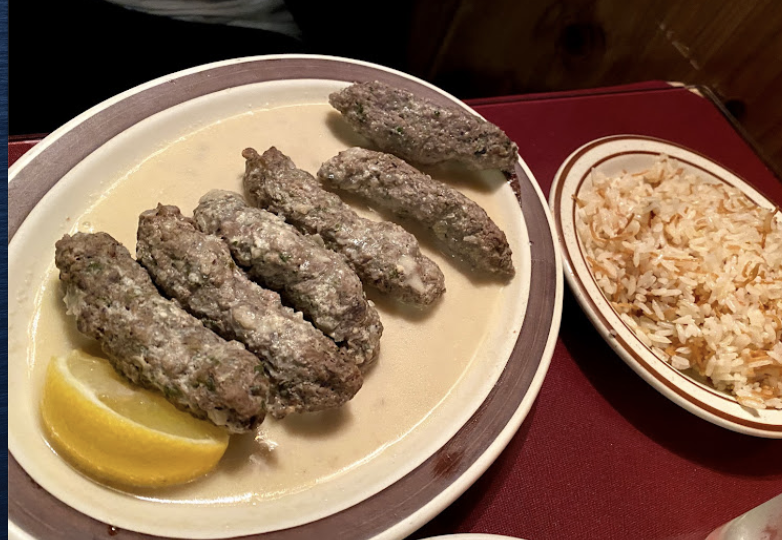Profile
Middle Eastern kitchen offering gyros, shawarma & other regional specialties, plus a warm vibe.
Long ago, the Middle Eastern diet was simple and consisted mainly of meat, milk and dates. Later on when trade flourished, the area which was known as Lebanon, Syria, Palestine, and Jordan became a trading link with the East and West, and a melting pot of cultures. The great interchange of cultures that allowed, through invasion and migrations gave Middle Eastern cookery an infinitive variety. The Middle Eastern diet, still basically simple,expanded to include all kinds of natural foods: meats (mutton, lamb and beef), poultry,vegetables, fish, legumes, nuts, yogurt, fruitsand cheese. Add to the above, the all-importantherbs and spices, and you’ll have an idea of what Middle Eastern cooking is all about. Today, while still keeping its tradition and Arabic character, this region caters also to western tastes. Foreign influences can be felt clearly in the area, especially in Beirut, Jerusalem, Cairo and Amman.One aspect of Arabic life that stands out the most, is the generosity and hospitality which are expressed in the great amount and variety of foods served at any meal. Arab hospitality is also emphasized by the serving of unlimited varieties of appetizers. Badinjan mutabbal (Baba Ghannouj), Hommos bi Tahini,Bakdounis bi Tahini and different types of breads are always made available. The Arab cuisine is never overpowering. It is always subtle and very pleasing to the palate. Herbs such as parsley, mint, marjoram, and oregano are almost always used to enhance the flavor of many dishes. Bulgur (fine and course), tahini, dried beans, chickpeas, nuts(almonds, walnuts and pine nuts), rose water and orange blossom water are stocked in almost every Arabic household. Tahnini, an important ingredient in Arabic cooking, is a paste made from roasted sesame seeds. No dip can be made without it. Bulgur, which is the main ingredient in Tabouli and Kubbi is equally important. Of the spices, cardamom, cinnamon, saffron, pepper, cumin,nutmeg, and turmeric are the most frequently used. Most of the dishes that we prepare at Food From Galilee are similar to those prepared by our mothers and their mothers before them. We take pride in sharing our heritage with you and hope that you will find your culinary tour of the Middle East both delicious and interesting.
Map
Sorry, no records were found. Please adjust your search criteria and try again.
Sorry, unable to load the Maps API.


